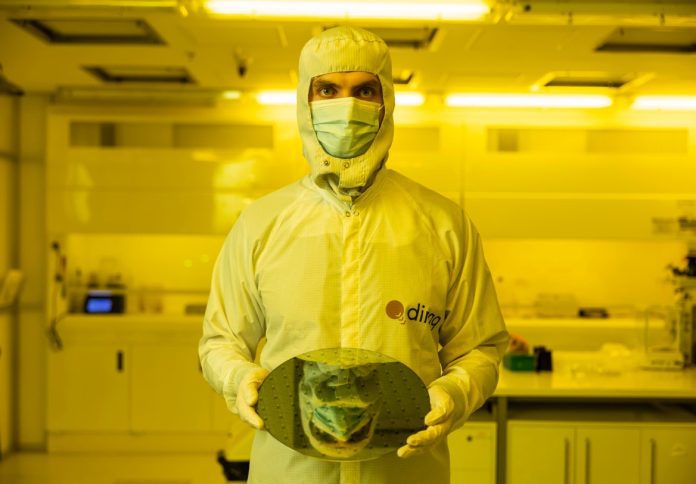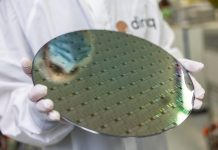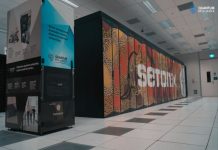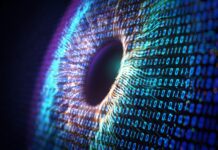
Australian quantum computing company Diraq has announced a breakthrough in its silicon spin qubit technology, demonstrating a violation of Bell’s inequality — a key benchmark in quantum physics that confirms the presence of entanglement and high qubit fidelity.
The findings, published in Nature Communications, represent a notable development in the ongoing effort to create scalable and fault-tolerant quantum computers, according to a statement from the company.
The results support the viability of Diraq’s method of building quantum processors using electron spin qubits in silicon—an approach viewed as promising due to its alignment with established semiconductor manufacturing techniques.
“Entanglement is arguably the most profound property of quantum mechanics and the fundamental basis for quantum computers to work and gain quantum advantage,” said Andrew Dzurak, Diraq Founder and CEO.
“Using contemporary tools for manipulating electron spin qubits in silicon quantum dots and improving their performance, our team at Diraq has now convincingly shown a violation of Bell’s inequality, demonstrating the genuine quantum nature of the entangled states.”
The achievement is believed by Diraq to be the first of its kind for electron spin qubits in gate-defined quantum dots.
According to Dzurak, the insights gained from this research are expected to inform the company’s ongoing refinement of its qubit architecture.
“These results will directly help in our device design, paving the way for scalable, fault-tolerant quantum computers based on silicon spin qubits,” he said.
The peer-reviewed study, led by Paul Steinacker and co-authored by Diraq researchers, highlighted several key results, including a Bell signal of S=2.731 and Bell state fidelity above 97 per cent without correcting for readout errors.
Notably, the violation of Bell’s inequality was observed even at elevated temperatures of 1.1 Kelvin — a condition that demonstrates the robustness of Diraq’s platform.
“The results provide a meaningful indication of the high performance and maturity of the SiMOS platform, as the inequality can only be violated by achieving high fidelities in state preparation, manipulation and measurement simultaneously,” Steinacker noted.
The team utilised heralded initialisation and calibration through gate set tomography to achieve the results, establishing a foundation for implementing quantum logic operations across entire chips with error rates below the threshold required for quantum error correction.



















